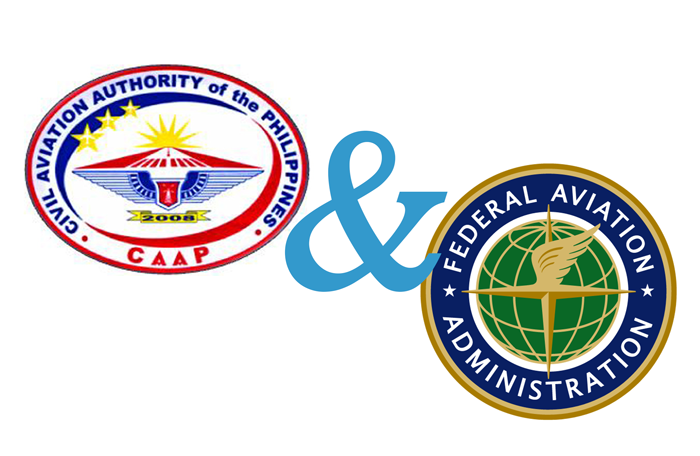Civil Aviation Authority of the Philippines regulators still believe in the possibility for the United States Federal Aviation Authority (FAA) to grant Category 1 status to the Philippines after the ban lift on European operations, and thus lifting restrictions imposed on local carriers that forbid them to expand their operations to the United States. Nevertheless, US aviation regulation comity indicated that the list of barriers yet to overcome before those restrictions are lifted is still long and that the short-term feasibility of the recent reforms undertaken by CAAP was yet to be proved.
Two Different Bottlenecks to overcome
One date is on every lips: 2013 Q4. Will CAAP be ready on time? According to William Hotchkiss, Director General of CAAP, two key obstacles still remain to be addressed.
1. Does Civil Aviation Authority lack autonomy?
To achieve sustainability, Philippine Government will have to amend the law to increase CAAP’s autonomy towards safety procedures and general management. On that issue, US FAA inspectors have already visited the country two times (the last one being on August) and denoted a very positive outlook as for an upgrade of the accreditation of Philippines’ aviation before the end of the year, potentially by the end of this month. This comes as a fresh breeze after the lift ban on Filipino carrier Philippine Airlines operations over the European Union.
The Civil Aviation Authority has been pushing for an amendment to Republic Act 9497 that would authorize the government to transfer its state of registry obligations to the state of the operator in addition to allowing the creation of a separate agency to handle aircraft accident investigation.
Last June 4, a two-year technical assistance program was signed between US Federal Aviation Administration and CAAP, in order to monitor the advancements made towards compliance with Category 1 standards. Should CAAP fail to implement and perpetuate the reforms comprised in this agreement, the Philippines may fall back to Category 2 as for FAA restrictions, and forbid to local carriers the ability to expand activities in the United States.
2. Will Budget and Investments be enough?
The second barrier pertains to the sustainability of the budget allocated to CAAP for the continuous training of safety inspectors. “Remaining hurdles will have to address the sustainability issue,” said William Hotchkiss, DG of CAAP. In fact, staff training and continuous improvement of knowledge for every individual involved in Aviation regulation are a costly but inevitable to ensure compliance with the two-year agreement with FAA. Hotchkiss:
As Philippine Airlines is currently the only local carrier serving the US market, its ability to expand beyond its existing destinations of San Francisco and Los Angeles is restricted. Therefore, as for budget allocation, the issue of sustainability and benefit to Filipino’s economy could be questionable. But again, isn’t it with bigger steps that we achieve bigger things?
Hotchkiss added that while numerous proposals to establish a National Transportation Safety Board have been submitted in the House of Representatives and the Senate, priority or passage of those is still out of question. As said before, there are also significant concerns about the continuous training of safety inspectors.
According to Mokhtar Awan, the Asia Pacific Regional Director of the International Civil Aviation Organization, CAAP’s ongoing stakes include:
- Hiring and keeping qualified technical personnel
- Modernization
- Better media reporting (even for “negative” issues)
- Autonomy, which remains a work in progress.
Awan:
We are awaiting your comments on our facebook account, don’t forget to share!
